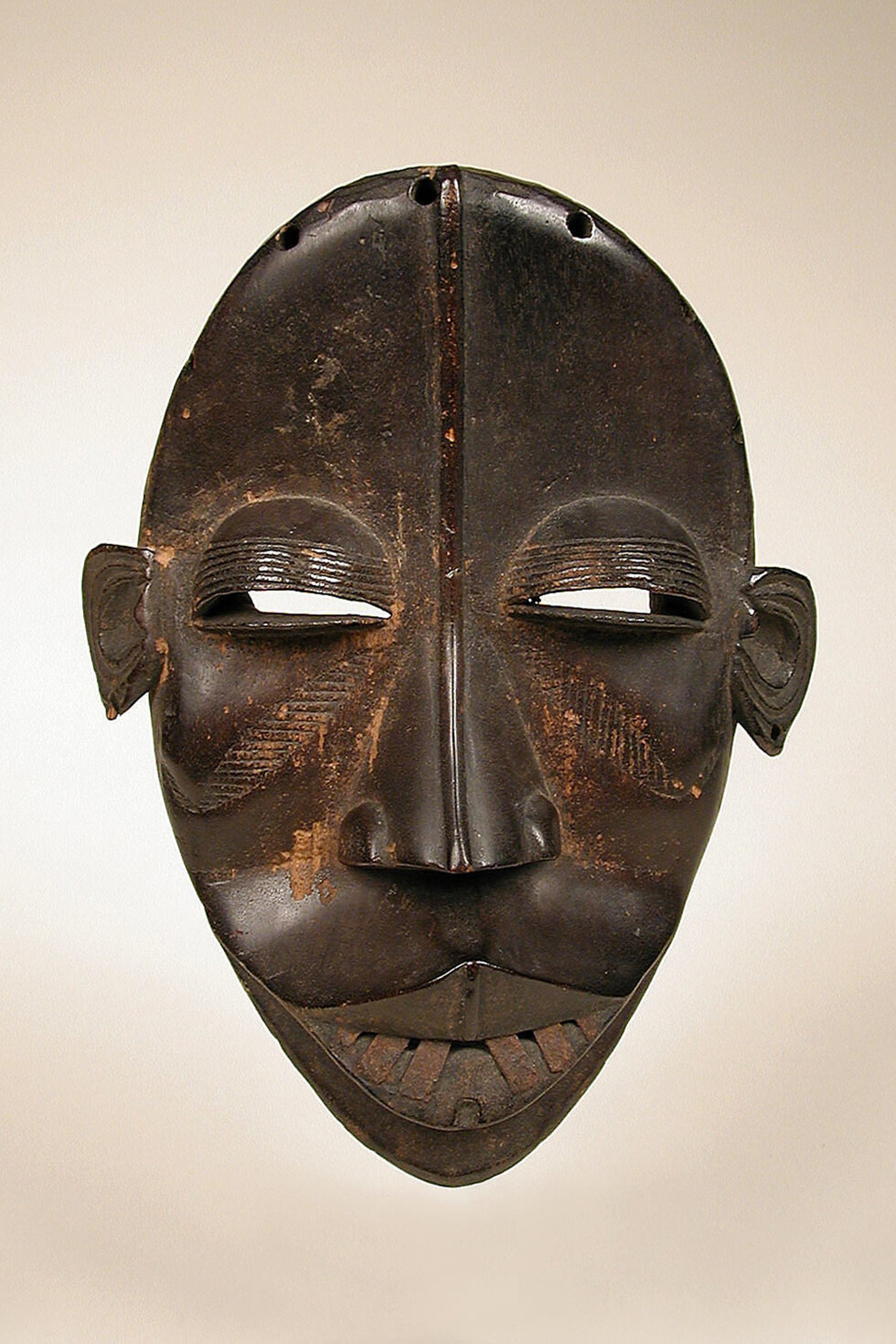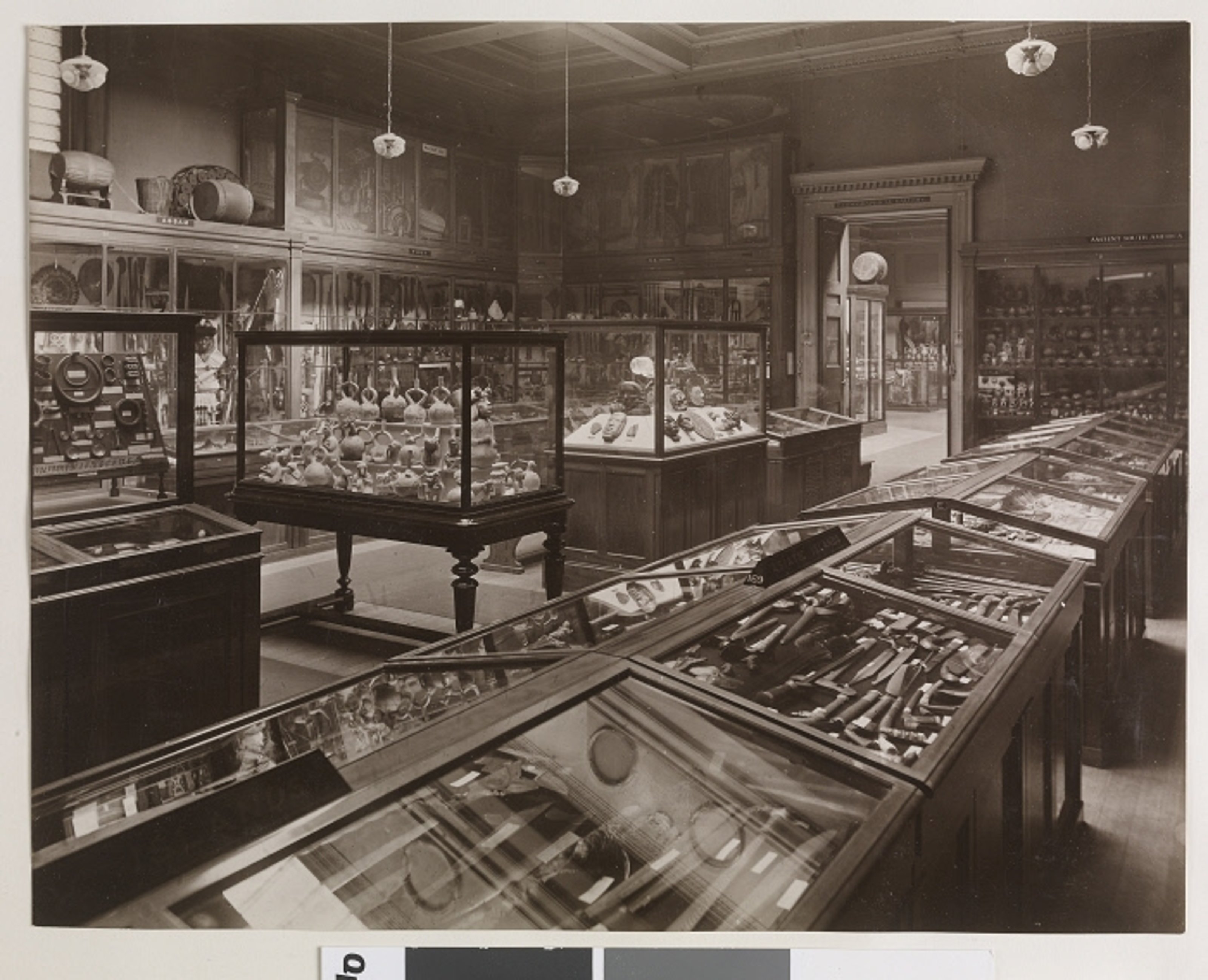To articulate the past historically does not mean to recognize it ‘the way it really was’ (Ranke). It means to seize hold of a memory as it flashes up at a moment of danger.
— Walter Benjamin, Thesis VI on the Concept of History
So far, this year has seen a plethora of exhibitions dedicated to the legacy of the great master of Modern Art—Pablo Picasso. Yet, his personal mythology has been increasingly referenced as a paramount example of the womanizing “genius” and bad-boy that causes social unsafety within the art world. How do we deal with the questions that contemporary paradigm shifts bring up about such highly respected figures?
The current political climate has made it difficult to have such conversations, as conservatives are quick to proclaim the party-pooping nature of something termed “wokeism.” Whenever anyone brings up the importance of reconsidering how museums exhibit the art of giants in the history of art like Gaugin—or scores of orientalists—crowds are suddenly outraged at an attempt to “cancel”1 artists who have long been considered untouchable, thus nullifying any useful discussion.
Nevertheless, the question of how to deal with the problems of the past is a relevant one for our generation. It is not solely about wanting the world to be politically correct, but about a reframing of history. It’s about adopting a perspective that presents ideas which exist to limit the freedom of marginalized sections of the population for what they really are. So, what should be done about the “problematic” art of the past?
Museums serve a legitimizing purpose. They keep certain pieces in permanent collections, constantly curate and exhibit them, and hold them as essential within the canon of art history. This amplifies the reach of the ideas within these pieces, and crystallizes their validity. The idea of the crystallization of history was developed by philosopher Walter Benjamin, one of the foremost modern philosophers on the subjects of time and historical perspective. In his “Theses on the Concept of History” he speaks about how history is a fluid object that only crystallizes in the perspective of the present2 - if the idea of the museum is to preserve historical perspective this explains the tensions that have arisen in the past decades as our interpretations of these objects are in friction with the museological model and method of the past.
A work placed in the permanent collection of a museum reaches the point of crystallization through this stamp of institutional approval. It is the idea of permanence in itself that gives rise to the institutional failure to revise or reconsider historically pre-approved and de-facto masters and their oeuvre. As history churns forward and our values and ethical codes shift, museums find themselves with artworks which display harmful content to previously overlooked groups of people.
In light of the current celebrations of Picasso’s life, a useful case study is one of Picasso’s most renowned works: Les Demoiselles d’Avignon (1907). This painting is so pivotal that it is often praised for dividing the past from the present, marking the start of Cubism, and constituting one of the very cornerstones of Modernism.3 The work portrays five naked sex workers in a way which completely broke with Western tradition.4 Instead of romanticizing or deifying the human body, Picasso fractured it into jagged geometric shapes, mixing a number of different styles in the same work and simultaneously avoiding perspective.5
When the piece was painted it was met with derision from critics and the public. The work was generally considered an assault on art, as splicing faces and painting “five women who are, if truth be told, all hacked up,” as a reviewer of Le Cri de Paris put it6, was not seen positively. The subject matter of the sex workers also created shock waves among the public. Attesting to this is French art critic and writer André Salmon’s insistence on changing the piece’s title from Le Bordel d’Avignon (The Brothel of Avignon) to its current title for the purpose of exhibiting the work for the very first time in 1916.7 To top it all off, the women in the painting stare directly at the viewer, reversing, as art historian Leo Steinberg argued, their gaze in an act of self-possession.8 In that sense, the work might have been too “woke” for its time, as, by staring into the viewer, the women in the painting confront the viewer, forcing them to reflect, and refusing to exist solely for the male gaze.

Dan artist, Face Mask, Smithsonian National Museum of African Art.
The story would end there if it wasn’t for the fact that Picasso derived this jagged geometric style from the African and Oceanic artifacts and masks at the Musée d’Ethnographie du Trocadéro in Paris.9 That is to say, the aspect at the very center of the artwork’s acclaim, its innovation, came directly from the fruits of French imperialism. Modern art would be impossible without the fascination that European artists had with the African and Oceanic artifacts that colonizers brought to the continent through an enterprise of pillaging and exploitation.10 These artists directly copied African artifacts for their art, taking them out of context, commodifying them, and returning them to the Western market through more European mediums, like oil painting. Eventually, it was precisely these works which shot artists like Picasso to fame and fortune.

A Fang Ngil mask, Gabon. Height: 59 cm, Christie’s
In addition to the appropriation of African aesthetics, some historians disagree with Leo Steinberg’s analysis of the depiction of women. New Art History pioneer Carol Duncan, for instance, writes about the negative feminine archetypes displayed in Les Demoiselles d’Avignon.11 In her analysis, the work is read as a reactionary response to the erosion of male privilege of the 20th century, with the five women representing “femme fatales” that stare menacingly into the viewer’s eyes, threatening them with their sexuality. More specifically, the two figures on the right, with considerably more jagged, mask-like faces, seem to stand for the “new primitive woman” that posed a threat to white femininity. The politics of using tribal forms as a way to translate the ugliness or menace of the new, self-possessed woman are evidently questionable, as they position the African “other” as the embodiment of inherently negative traits. Add that to the underlying notion that a woman’s body and sexuality are inherently dangerous or debauched. Considering such feminist readings of the work, it is pretty difficult to concede that Picasso’s masterpiece should continue to go unquestioned.

Ethnographical Galleries, British Museum, 1908. Photograph by Donald Macbeth, via The British Museum, London.
This is especially true if one considers that Museums and academic institutions play an imperative role in inculcating opinions and attitudes. Artist Hans Haacke borrowed from German essayist Enzensberger when he highlighted the importance of culture in inducting and maintaining a particular way of thinking and seeing.12 He argues that by presenting themselves as educators that subscribe to canons of impartial scholarship, museums and other art institutions produce a specific kind of consciousness in viewers. Put simply, they contribute to indoctrinating the members of a particular society so that things can go on the way they always have. What does it mean, then, to have the ideas behind Les Demoiselles d’Avignon form the intellectual basis for public consciousness?
It signifies the crystallization of concepts which demonize women’s sexuality and women themselves; which position non-European cultures as playing fields for any and all intellectual endeavors; and frame Africanness as something to be feared. The grim mirror of history. But what should museums do, exactly? Put it all into storage?
Once we accept the clash of values between the present and the past as a point of tension, the question arises about what should be done with a historical cannon that contains harmful symbols and imagery. The solution is always proposed as one of two options: the complete banishing of the object, or the recontextualisation and problematization of these landmarks.
These two solutions contain separate sets of beliefs and outlooks. They both entail redefining the canon, but while one calls for complete exclusion, the other calls for leaving behind conventional interpretations.13 The shifting attitudes towards Les Demoiselles D’Avignon, from horror to praise to antipathy, demonstrate the historical power of inserting dubious ideas into art. Such errors might, in the end, have something to tell us—as long as we are aware of their authorship, and the context in which they were produced, that is.
Reframing the way museums and academic institutions handle Picasso’s artwork, for example, might allow for an understanding of particular issues in art history, as well as contention points particular to a specific time and place. Les Demoiselles d’Avignon must move from the most important artwork of the 20th century, to a piece of great significance that exposes the imperialism, sexism, and racism at the heart of Modernism and Cubism. This work allows us to understand the historical use of women as scapegoats for the perceived erosion of masculinity, and Africans as “primitive” and inferior. In the end, the question of what to do about the “problematic” art of the past might not be a question of whether we engage with it, but rather a question of how we do so.14
But there’s still something fishy here. Why is it that certain works seem like they’re impossible to circumvent; that, while reframing them is a possibility, their absence is unfathomable? The canon is still far too ingrained in our minds, begging the question if it might not, after all, be more fitting to reconsider the system of the canon than its contents. The present of contemporary art proposes a new structure—an anti-canon. This is not the absence of a canon or the banishment of the canonical, but rather a proposal of the multi-canon or polyphonous-canon based on horizontal scales of value. Large-scale contemporary exhibitions such as Documenta 15, the recently opened exhibition at the Bienal de São Paulo, and the multiple rehangs of major institutions around New York City, all propose the possibility of many smaller canons sitting side-by-side, non-hierarchically. Plurality and difference are, after all, what make culture the ideal site for discussion, interchange, and progress.